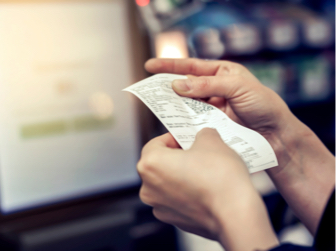It could be the perfect pair: solar power and electric vehicles (EVs). With load shedding a day-to-day reality, and Transport Minister Sindisiwe Chikunga considering rewarding South Africans motorists for buying electric vehicles, you might be wondering: Can I charge my EV with solar panels?
It seems like a no-brainer but unfortunately, it’s not that easy – yet
Minister Chikunga recently said the government is considering introducing incentives for those who opt for cleaner, alternative fuels over traditional cars. Frustrated by load shedding, many South African homeowners are now making use of alternative energy sources, such as solar and wind. Solar panels can contribute to easing the load on Eskom’s grid and coupling them with an electric vehicle could provide even more benefits. For motorists questioning the viability of an EV considering South Africa’s electricity crisis, this could be good news.
 Can I charge my EV with home solar?
Can I charge my EV with home solar?
However, currently a standard home solar installation is unlikely to power an EV. Added to that, most electric vehicle chargers are not compatible with solar panels. Many electric vehicle chargers can use the electricity generated by solar but can only access that power after the house has used the power it needs. This leaves very little power left to charge the EV.
It could take hours for a solar panel installation to charge an EV. The average size of a new EV battery is around 30kWh and 60 kWh, with some high-end EVs being over 100kWh. You would need a large solar installation to provide enough electricity to charge your home and your car. It’s worth discussing this with your solar panel provider before beginning the installation.
 Tesla launches ‘Charge on Solar’
Tesla launches ‘Charge on Solar’
There are some ‘smart chargers’ which allow you to charge your vehicle ahead of your house. Tesla has launched its new ‘Charge on Solar’ in the United States and Canada, enabling motorists to charge EVs using only excess solar energy.
The system works when you couple a Tesla with a Tesla PowerWall and the Tesla mobile app. Charge on Solar is only available with 2021 models or newer Model 3, S, X, or Y. Using the Tesla app, users can set a charge limit and charge location, and your vehicle will then automatically use excess solar energy when it’s available. You can also schedule specific times when your vehicle is charged.
Note, Charge on Solar still only uses excess solar energy. In a country like South Africa, where our solar power is relied on to provide electricity to our homes, you would need a massive solar installation to still have extra energy for your EV.
The new Citroen C3 has evolved from its original, quirky hatchback design
Meet SA’s Car of the Year: The BMW 7 Series


